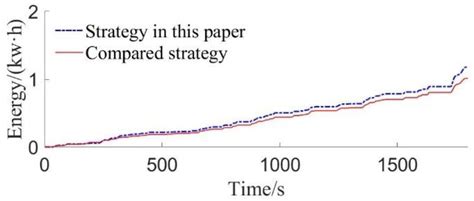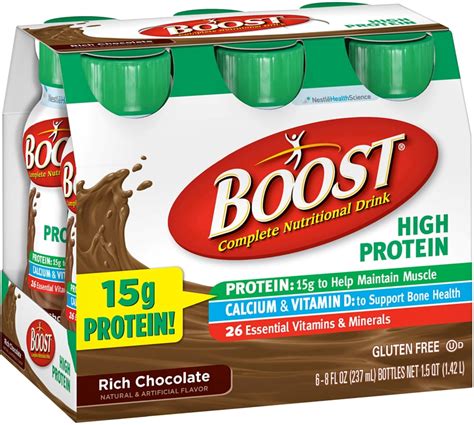How to optimize recovery for sustained energy & peak daily performance?

The Crucial Role of Recovery in Peak Performance
In the relentless pursuit of fitness goals and daily productivity, the importance of recovery often gets overshadowed by the focus on training and work output. However, true sustained energy and peak performance aren’t just about how hard you push; they’re fundamentally about how well you recover. Recovery isn’t merely a passive process; it’s an active, multi-faceted strategy that rebuilds muscles, restores energy stores, repairs tissues, and rejuvenates the mind.
Neglecting proper recovery can lead to fatigue, burnout, increased injury risk, and a plateau in progress. Conversely, optimizing your recovery protocols ensures you’re consistently showing up as your best self, both in the gym and in life. Let’s delve into the core pillars of an effective recovery strategy.
Pillar 1: The Cornerstone of Recovery – Quality Sleep
Sleep is arguably the most powerful recovery tool at your disposal. During sleep, your body undertakes critical restorative processes: growth hormone is released, aiding in muscle repair and growth; cellular regeneration occurs; and the brain clears metabolic byproducts, consolidating memories and processing information. Consistent, high-quality sleep (7-9 hours for most adults) directly impacts your physical energy, mental clarity, mood regulation, and immune function.
To optimize your sleep, establish a consistent sleep schedule, create a dark, cool, and quiet sleep environment, limit screen time before bed, and avoid caffeine and heavy meals late in the evening. Prioritizing sleep is not a luxury; it’s a non-negotiable component of sustained high performance.

Pillar 2: Fueling Recovery – Nutrition and Hydration
What you put into your body directly influences its ability to recover. Post-exercise nutrition is particularly vital for replenishing glycogen stores and repairing muscle tissue. Focus on consuming a balanced intake of macronutrients:
- Protein: Essential for muscle repair and growth. Aim for a sufficient intake spread throughout the day, especially after workouts.
- Carbohydrates: Replenish depleted glycogen stores, crucial for energy. Prioritize complex carbohydrates for sustained energy release.
- Healthy Fats: Support hormone production and reduce inflammation.
Hydration is equally critical. Water plays a role in nearly every bodily function, including nutrient transport, temperature regulation, and joint lubrication. Dehydration can severely impair performance and delay recovery. Drink plenty of water throughout the day, increasing intake around workouts.

Pillar 3: Active Recovery & Stress Management
While rest is important, complete inactivity isn’t always the most effective recovery strategy. Active recovery involves low-intensity exercise that increases blood flow without adding significant stress to the body. Activities like light walking, cycling, swimming, yoga, or foam rolling can help reduce muscle soreness, improve flexibility, and remove metabolic waste products.
Beyond physical stress, mental and emotional stress also impact recovery. Chronic stress elevates cortisol levels, which can hinder recovery and negatively affect sleep and immune function. Incorporate stress-reducing practices into your routine: mindfulness meditation, deep breathing exercises, spending time in nature, or engaging in hobbies can significantly improve your overall recovery capacity.

Pillar 4: Strategic Supplementation & Tools
While whole foods should always be the primary source of nutrients, certain supplements can complement your recovery efforts. Consider options like:
- Creatine: Enhances power output and aids in muscle recovery.
- Omega-3 Fatty Acids: Possess anti-inflammatory properties.
- Magnesium: Important for muscle function, nerve transmission, and sleep quality.
- Branched-Chain Amino Acids (BCAAs): May support muscle protein synthesis and reduce muscle soreness.
Additionally, recovery tools such as massage guns, compression garments, and cold therapy (ice baths) can be beneficial for reducing muscle soreness and improving circulation, though their efficacy can vary individually.

Pillar 5: Listening to Your Body & Periodization
Ultimately, the most effective recovery strategy is highly individualized. Pay close attention to your body’s signals: persistent fatigue, unusual muscle soreness, irritability, or decreased performance are all signs that you may need more rest or a different approach to recovery. Incorporate deload weeks or active rest days into your training schedule to allow for complete physical and mental rejuvenation. Periodization, which involves cycling through different training intensities and volumes, naturally builds in recovery phases.
Optimizing recovery isn’t about finding a quick fix; it’s about cultivating a holistic lifestyle that prioritizes your body’s innate ability to repair and rebuild. By consistently applying these principles, you’ll not only enhance your physical performance and energy levels but also foster greater resilience and overall well-being.









